How It's Made
👋 We are the Instacart Design Team
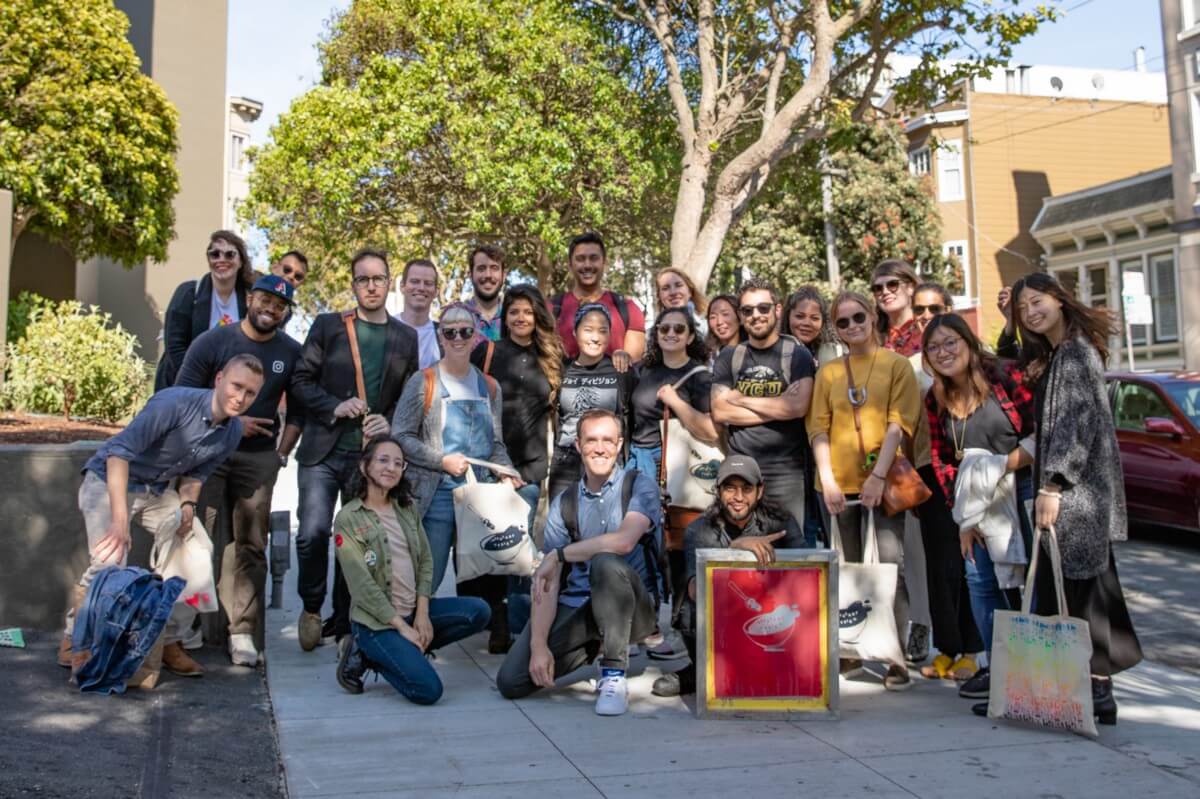
Every year, people across the world spend nearly one trillion dollars on groceries. It’s an industry that’s been around for centuries. Food itself, however, has been a constant in people’s lives since the beginning of time. Yes, sustenance is essential, but it’s also much more than that. Food can be a part of a daily ritual or a special moment that resonates with people on a meaningful and emotional level. It can be a much-needed break in a long day, a taste that brings back memories, a creative experiment, a shared meal with loved ones, or even comfort during a hard time. Whether it’s a special occasion or an everyday occurrence, it should always be easy for people to get the ingredients they need. The Instacart Design Team is dedicated to making grocery shopping effortless for everyone and finding solutions to large-scale challenges that will forever change the way people feed themselves and their loved ones.
We’re driven by the mission of building the world’s best experience for customers, retailers, and shoppers — and we’re thrilled to share our work with the greater design community. Customers and Shoppers are at the heart of what we do. From vision to strategy to user experience, we’re in the privileged position of working on thought-provoking problems that solve real pain points for everyday people. Better yet, we get to do it with a brilliant and passionate group of people. Follow along as we give you a sneak peek into the team, the problems we are faced with, and our holistic approach to solving them.
A multi-disciplinary team for a multi-faceted problem
Our design team is comprised of 30 remarkable and diverse humans (with plans to double in size by 2020!). Our talents span design, research, and content strategy, with contributors focusing on end-to-end product design, brand design, marketing design, qualitative research, market research, operations, copywriting, and more! We’ll be sharing more about individual team members in the weeks to come so you can get to know us!
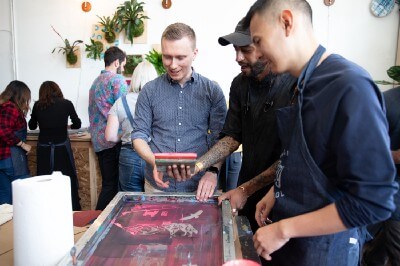
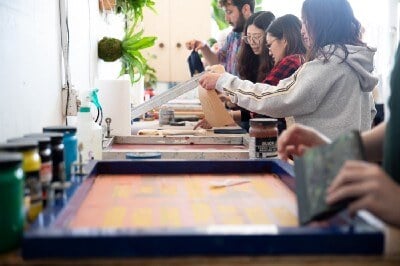
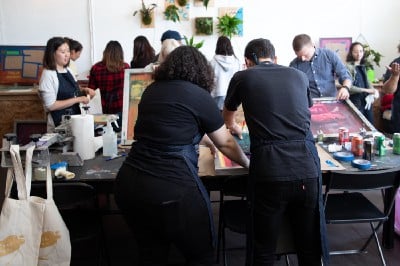
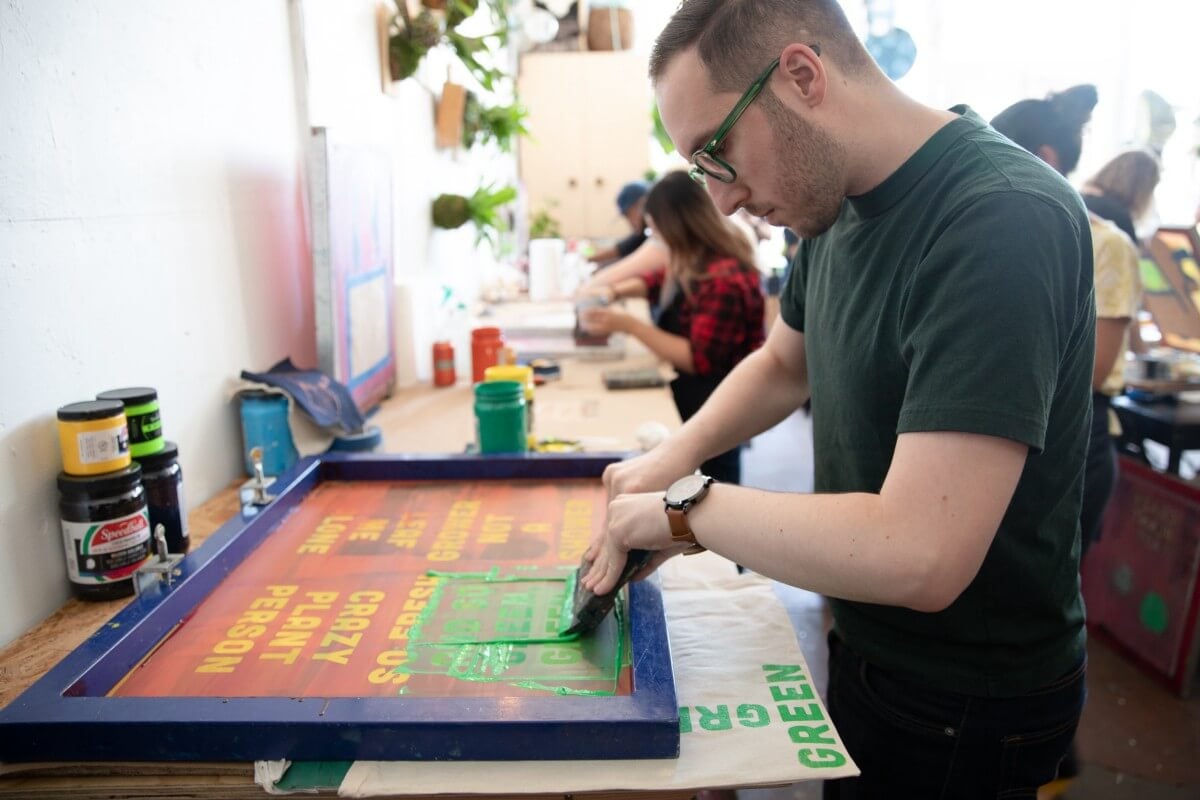
How we work
Our pursuit for improvement leads us down many varied paths, but, at our core, we believe teamwork and balance are paramount. To solve the problems set forth, we’ve established fully integrated pods comprised of engineering, product management, product design, and data science, as well as partnered closely with research and brand design. This integrated structure promotes sharing broad and balanced perspectives of many different functions.
Though our day-to-day functions are with our pods, we make a concerted effort to stay tightly connected as a design team. Within our seating arrangement, designers are strategically clustered together to foster collaboration and help everyone get to know each other on a more meaningful level. To stay engaged, we come together weekly for small-group critiques, intimate end-of-week reflections, and to connect with the greater design team for weekly a stand-up and bi-weekly deep dives. Additionally, we are continually exploring new ways to connect folks that might not get the chance to partner together on a regular basis.
Things that impact how we design
Food is deeply personal
As something self-defining, people have immense pride in what they eat and how they eat it. As a connecting element, food links people to their cultures and brings families together. As a result, people are very particular about the food and groceries they buy. Allowing someone else to pick what you feed yourself or your family is still a new concept for many. Design helps facilitate transparency and open communication between customer and shopper. Our measure of success? Customers that are satisfied and shoppers that feel empowered.
Solving for a 4-sided marketplace
This one usually surprises a lot of people! Instacart is actually a four-sided marketplace comprised of not only customers and shoppers, but also retailers and consumer packaged goods (CPGs). This makes the business more multifaceted and intricate than you might imagine. For each order, all four moving parts need to be in perfect coordination to deliver a high-quality experience. Everything we ship has to help maintain balance in the entire ecosystem while being beneficial for all parties, which makes designing for Instacart even more unique.
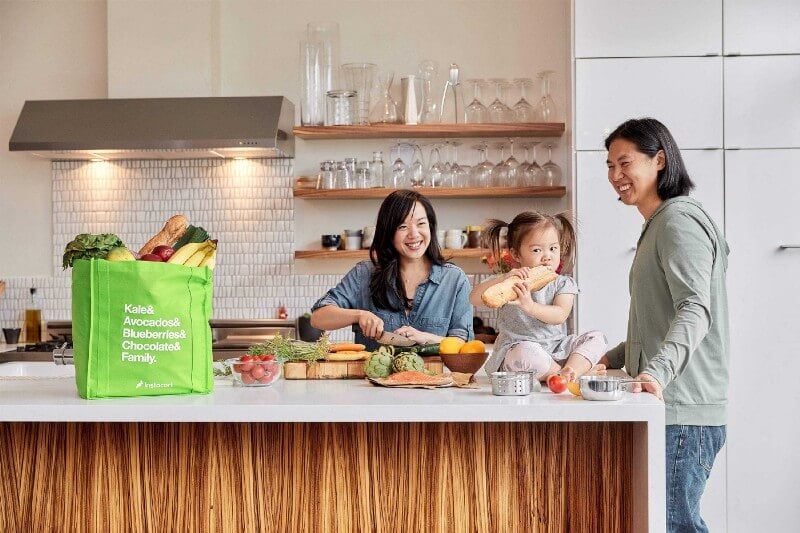
Designing a household brand
The Instacart experience is more than just the digital app or website, it’s a journey that is made up of several touchpoints that coalesce into our customer experience. It transcends the digital experience, influencing the physical world in people’s homes, and impacting daily life. The service we provide nourishes our customers’ lives and the lives of their families. We think about how what we do impacts the kids that grow up in households that use Instacart, how they might go their entire lives and never step into a grocery store. Designing for a brand that will be a staple in the majority of households provides us with a challenge to think about Instacart beyond the utility of grocery delivery.

Building a world-class experience for shoppers
Shoppers play a vital role in Instacart’s business. Every day, we are excited to work on things like help shoppers serve customers more effectively and support their learning and development to build long- term partnerships. Part of designing for shoppers is maintaining awareness of the potential pain points for a job that’s not easy. For instance, a grocery store can carry as many as 50,000 products in its inventory at any given time, much of which changes not only day by day, but minute by minute. Shoppers are on the ground in stores, carefully choosing customers’ requested items or making quality replacements that align to what the customer is looking for. Shoppers represent the Instacart brand in the real world, and it’s our job as designers to arm them with the most relevant information and, the right values and, through design, surface the right processes for them to deliver extraordinary experiences to customers.
Designing for different markets
Instacart is available in all 50 states. 80% of American households and 60% of Canadian households have access to our service. We deliver fresh groceries from 20,000 stores across 5,500 cities. That said, each region has its own types of retailers, a specific set of logistical and operational challenges, and a unique population density and infrastructure. Different markets might have different kinds of shoppers; those that want to be their own boss or those that want to be part of a team. Alternatively, customers in different markets might want their groceries delivered or prefer to pick them up curbside. Instacart designers are not only creating for digital, but also influencing how people communicate and connect outside the app, and how food is shopped for and transported in the real world.
Come build with us.
If you’re excited about defining the future of a one trillion dollar industry, building an ad-serving network for groceries, scaling the world’s most extensive grocery catalog, perfecting a real-time on-demand logistics chain, all while simultaneously designing the future of food for millions of people, you should take a look at the available opportunities or reach out to someone from the team.

Interested in learning more about Design at Instacart? Head over to our Design blog.
Most Recent in How It's Made
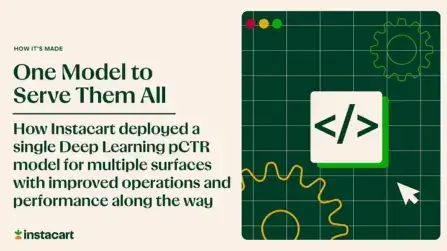
How It's Made
One Model to Serve Them All: How Instacart deployed a single Deep Learning pCTR model for multiple surfaces with improved operations and performance along the way
Authors: Cheng Jia, Peng Qi, Joseph Haraldson, Adway Dhillon, Qiao Jiang, Sharath Rao Introduction Instacart Ads and Ranking Models At Instacart Ads, our focus lies in delivering the utmost relevance in advertisements to our customers, facilitating novel product discovery and enhancing…...
Dec 19, 2023
How It's Made
Monte Carlo, Puppetry and Laughter: The Unexpected Joys of Prompt Engineering
Author: Ben Bader The universe of the current Large Language Models (LLMs) engineering is electrifying, to say the least. The industry has been on fire with change since the launch of ChatGPT in November of…...
Dec 19, 2023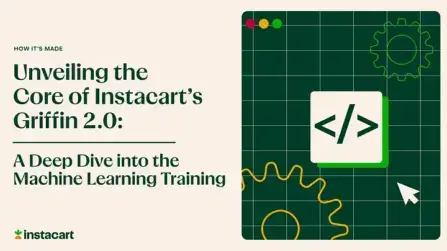
How It's Made
Unveiling the Core of Instacart’s Griffin 2.0: A Deep Dive into the Machine Learning Training Platform
Authors: Han Li, Sahil Khanna, Jocelyn De La Rosa, Moping Dou, Sharad Gupta, Chenyang Yu and Rajpal Paryani Background About a year ago, we introduced the first version of Griffin, Instacart’s first ML Platform, detailing its development and support for end-to-end ML in…...
Nov 22, 2023

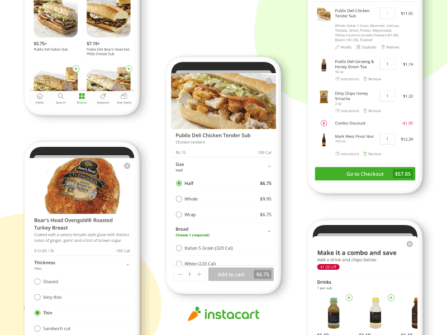 Building Instacart Meals
Building Instacart Meals  Introducing Coil: Kotlin-first Image Loading on Android
Introducing Coil: Kotlin-first Image Loading on Android  7 steps to get started with large-scale labeling
7 steps to get started with large-scale labeling 
